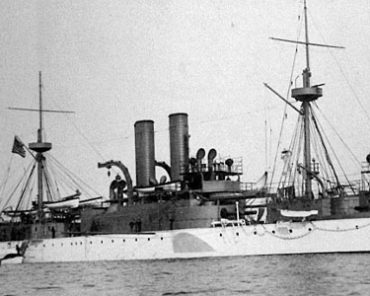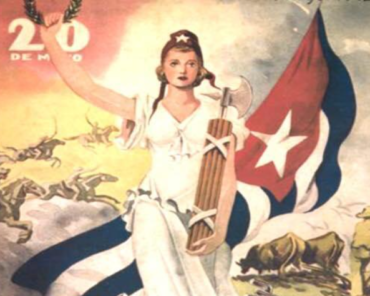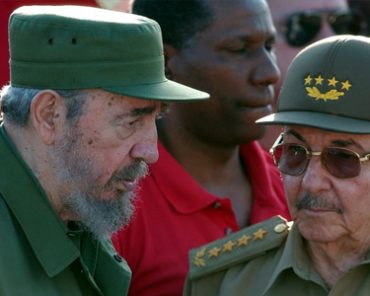THE CUBAN MISSILE CRISIS – KHRUSCHEV’S DANGEROUS NUCLEAR CHALLENGE
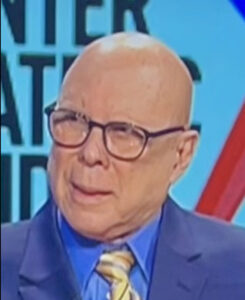
Por Pedro V Roig, Esq.
Part II
The idea of placing nuclear missiles in Cuba dawned on Khrushchev while vacationing in the Crimea, across the Black Sea from Turkey, where the U.S. had deployed the “Jupiter” missiles! Turkey occupies the Asia Minor region known in antiquity as “Anatolia” and a European enclave where Constantinople, present day Istanbul, is located just across the Dardanelle Strait.
In 1953, during The Cold War, Turkey became a close U.S. ally and joined the North Atlantic Treaty Organization (NATO). It also deployed the “Jupiter” nuclear missiles right next to the Soviet Union. By 1961, according to Robert Kennedy: “The President had asked the State Department to reach an agreement with Turkey for the withdrawal of the “Jupiter” missiles in that country. They were clearly obsolete and the “Polaris” submarines in the Mediterranean would give Turkey far greater protection”. (U.S. CONARC, Participation in the Cuban Crisis,October 1963. pag 17).
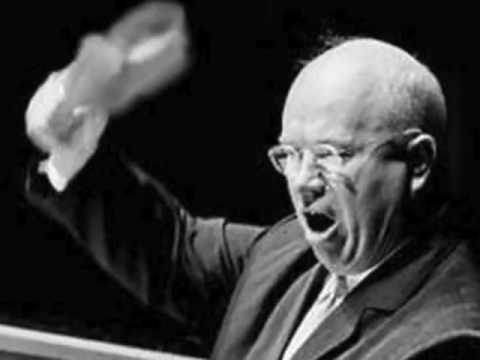
Nikita Khrushchev was an irritable, volatile, reckless bully with a fierce ambition for power and at times a formidable Politburo manipulator, especially after Josef Stalin death, March 5, 1953. In his autobiography, Khrushchev wrote: “My thinking went like this: if we installed the missiles secretly and then if the U.S. discovered the missiles after they were already poised and ready to strike, the Ameriçans would think twice before trying to liquidate our installations by military means. (George Anne Geyer ”Guerrilla Prince”, Little,Brown and Company,1991, p288). Initially, Anastas Mikoyan and Andrei Gromyko; two important politburo members, were hesitant but eventually they went along with deploying the nuclear missiles in Cuba. (Yury Pavlov,”Soviet-Cuban Alliance,1959-1991.” North-South Center,University of Miami. 1994.p32)
The Soviet leadership decided to use the island in order to bring a substantial part of the United States within range of Soviet Medium Range Ballistic Missiles (MRBM) and the Intermediate Range Ballistic Missiles (IRBM), armed with nuclear warheads. They believed that it would help to address the imbalance (in) strategic nuclear force. Moreover, in the early 1960’s the delivery time from the launching site to the target was a crucial factor. It took approximately 30 minutes for the Intercontinental Range Ballistic Missiles deployed in Russia, to reach the United States. This was enough time for the Americans to retaliate with a devastating counter strike.
From Cuba, the Soviet missiles would have been able to destroy most of the U.S. military and mainland urban centers in 7-10 minutes. Another important factor was that the missile accuracy significantly increased with the proximity of the target, making the Marxist island of Cuba the perfect choice to greatly improve Soviet nuclear capacity! When operational the MRBM and the IRBM in Cuba would have double the nuclear striking power of the Soviets. It was obviously a hostile challenge to the U.S. national security.

In May 1962, the newly appointed Soviet Ambassador Alexander Alexeyev, the former KGB Station Chief in Havana, presented the plans to Fidel Castro, who welcomed the idea. The Marxist dictator stated:”That is a very risky move….but if making such a decision is indispensable for the socialist bloc, I am in favor of placing the missiles on our island”(Dobrynin op cit p 73).With Castro decisive endorsement the secret and quasi-suicidal operation was on.
On July 2, Raúl Castro and Ernesto “Che” Guevara arrived in Moscow. They were received at the airport by Marshal Rodion Malinovsky and Politburo member Anastas Mikoyan. Next day, Raúl Castro and Guevara met with Khrushchev and arranged the details of the Soviet missiles’ deployment in Cuba, which was to be always under the direct control of the Soviet military command. Raul Castro spent two week consulting with Soviet officials before returning to Havana on July 17. (National Security Archives, Alekseyev p. 9 )
After the Bay of Pigs, the Cuban underground remained in the forefront of the heroic struggle for freedom and was able to provide crucial information as they became suspicious of Soviet shipping activities in northwestern Cuba. By late July / early August, John McCone, Director of the Central Intelligence Agency (CIA) was receiving disturbing intelligence reports from members of the Cuban Resistance. The Directorio Revolucionario Estudiantil (DRE) was among the first freedom figther organizations that gave the CIA precise information of large containers being transported from Mariel to the Rosario mountains in Pinar del Rio. In the two weeks between July 26 and August 18, 1962, eight soviet ships docked in the north western ports of Cuba.
On August 10, 1962, after analyzing the reports sent by the Cubans underground, McCone dictated a memorandum for President John Kennedy expressing his belief that Soviet missiles were arriving in Cuba. On August 17, based on additional information from the Cuban Resistance organizations, CIA Director McCone presented to a high-level administration leadership the circumstantial evidence indicating that the Soviet were constructing missile sites in Cuba.
Secretary of State Dean Rusk (controversial for his ill-advised input during the Bay of Pigs) and Secretary of Defense Robert McNamara disagreed with McCone’s assessment, arguing that the Russian build up was purely defensive. On August 23, president Kennedy called a meeting of the National Security Council (NSC) to discuss John McCone’s concern that the Soviet were constructing a site platform for nuclear missiles on the island.(Chronology of John McCone’s Suspicions of the Military Build-up in Cuba Prior to Kennedy’s October 22 Speech, 11/30/ 62)
Although Dean Rusk and McNamara argued against McCone’s evidence, Kennedy ordered that a contingency plan to deal with the possibility of Soviet nuclear missiles in Cuba should be drawn up, including the military option that might be exercised by the U.S. to eliminate such a threat. On September 7, the U.S. Tactical Air Command established a task group to begin developing plans for air attacks to be carried out before an airborne and amphibious landing in the island.
Finally on 14 October a SAC U-2 spy-aircraft brought in the first photographic evidence of Soviet medium-range ballistic missiles (MRBM) sites in Cuba.” Other Air Force reconnaissance flights confirmed this discovery, and revealed the presence of Soviet II-28 jet bombers on the island. The Soviet crucial need for absolute and total secrecy for the missile’s deployment was gone. The most dramatic event of the Cold War began to unfold.
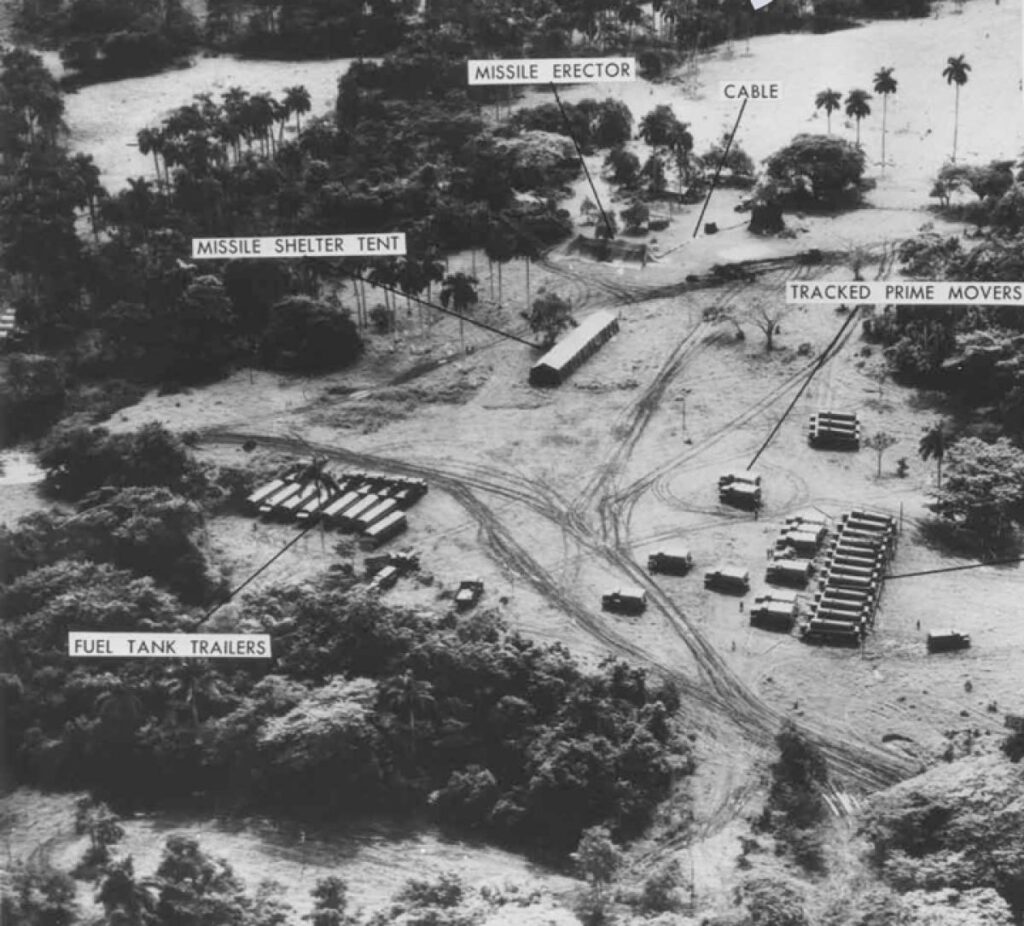
On October 15, few Kennedy administration officials were tracked down in Washington and briefed about the discovery of the missiles. National Security Advisor McGeorge Bundy decided to wait until morning to alert President Kennedy. Bundy later stated that he chose to wait because it was not possible to prepare a detailed presentation until morning and because he feared that a hastily summoned meeting at night would jeopardize the needed secrecy that the U.S. has factual knowledge of the Soviet building and deploying nuclear missiles sites in communist Cuba.At this time Khrushchev was not aware of the sudden collapse of his huge unwise operation that was an almost childish enterprise for security secrecy.
October 16. At 8.45 a.m. McGeorge Bundy informed President Kennedy that “Hard photographic evidence” had been obtained showing Soviet nuclear sites and missiles in Cuba. Kennedy immediately called an 11:45 a.m. meeting and dictated the names of the fourteen or so advisers he wanted to be present. this is the group that became known as the “ExComm”- the Executive Committee of the National Security council. Later that morning, President Kennedy briefed his trusted and dear brother Robert.
At 11:50 a.m.: The first meeting of the ExComm convened. Photographic evidence was presented to the group, including pictures of missile sites under construction with canvas-covered missile trailers. For the next five days, in absolute secrecy, the president and close advisors analyzed the available options. At the end, it was decided to confront, head-on, the Soviet challenge.
On Friday, October 19 at 9:45 a.m. in a cabinet room meeting at the White House, the analysts confirmed that there were increasingly certain that two sites near Guanajay in Pinar del Rio,were intended for the 2,200 mile-range (MRBM) nuclear missiles. Seeing new evidence of a nuclear warhead storage site in the area, the analysts predicted that the missiles could be operational in 2-6 weeks. The Joint Chief of Staff (JCS) recommended a massive air strike against all military targets in Cuba before the missile sites became fully operational. This was the adequate response to the Soviet Union’s aggressive and destabilizing bullying.
The next day the Secretary of Defense met with the JCS, to brief the Army, Navy and Marines Commanders on the initial air attacks. There were also instructions on positioning aircraft, equipment and personnel at MacDill, Homestead, McCoy AFB and at Key West Naval-Air Station. It became a massive preparation for a powerfull military offensive.The Armed Forces were ready to eliminate the Soviet nuclear threat.
October 21: Despite White House secrecy precautions, several newspapers had, by this time, pieced together most of the details of the crisis. Pierre Salinger White House Press Secretary, notified President Kennedy in four separate calls during the day that security was crumbling. To keep the story from breaking, Kennedy phoned Max Frankel at the New York Times and Philip Graham at the Washington Post and asked Robert McNamara to call John Hay Whitney, the publisher of the New York Herald Tribune. All three agreed to hold their stories.It was clearly evident that the crisis had reached a point where the U.S. government had to openly confront the Soviet Union threat to its national security.
On October 22, Kennedy addressed the nation in a landmark speech, warning unequivocally that his government would not allow the presence of Russian missiles on the island and setting an exclusion zone of 500 miles around Cuba for any Soviet ship that transported military equipment.
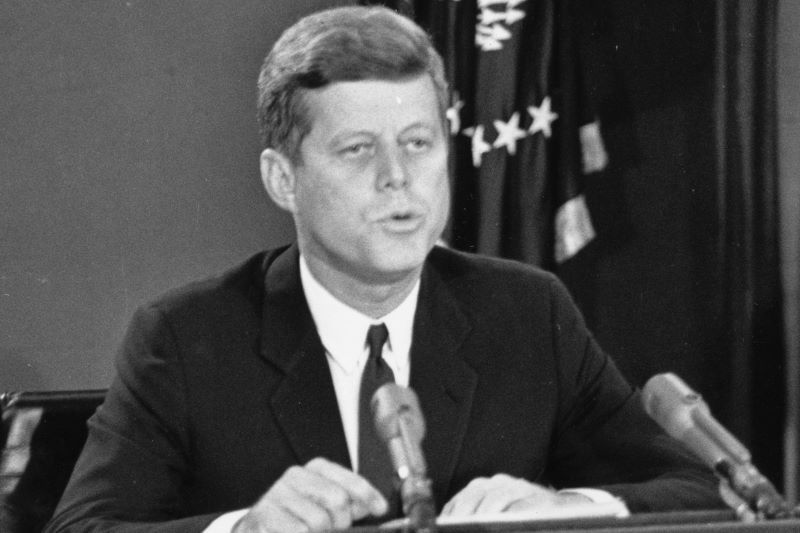
“Good evening,my fellow citizens:
This Government, as promised, has maintained the closest surveillance of the Soviet military buildup on the island of Cuba. Within the past week, unmistakable evidence has established the fact that a series of offensive missile sites is now in preparation on that imprisoned island. …
The characteristics of these new missile sites indicate two distinct types of installations. Several of them include medium range ballistic missiles, capable of carrying a nuclear warhead for a distance of more than 1,000 nautical miles. Each of these missiles, in short, is capable of striking Washington, D. C., the Panama Canal, Cape Canaveral, Mexico City, or any other city in the southeastern part of the United States, in Central America, or in the Caribbean area…
Finally, I want to say a few words to the captive people or Cuba, to whom this speech is being directly carried by special radio facilities. I speak to you as a friend, as one who knows of your deep attachment to your fatherland, as one who shares your aspirations for liberty and justice for all. And I have watched and the American people have watched with deep sorrow how your nationalist revolution was betrayed. The cost of freedom is always high, but Americans have always paid for it. And one path we shall never choose, and that is the path of surrender or submission.Our goal is not the victory of might, but the vindication of right; not peace at the expense of freedom, but both peace and freedom, here in this hemisphere, and, we hope, around the world. God willing, that goal will be achieved. Thank you and good night”
The Soviet Ambassador Dobrynin believed that the Kremlin was surprised and confused by the forceful American reaction. In his memoirs Dobrynin said: “The miscalculation was made by Khrushchev himself. He did not anticipate that his adventurous thrust would be discovered in time for Kennedy to organize a sharp reaction, including a direct confrontation”. The Soviet Politburo did not consider going to war as an option. They knew that the U.S. nuclear arsenal was infinitely superior.
Khrushchev and the Cuban Marxist dictator had provoked an offensive and threatening collision with the United State. The Kremlin was conscious that the Soviet Union was at a huge nuclear disadvantage. For Kennedy it was a historical time for a decisive response to the aggressive challenge. Churchill’s legendary leadership action was knocking at his Presidency. ? Does John Kennedy have the needed strategic vision and moral courage to gain the upper hand, remove the missiles and dismantle the communist threat from Castro’s Cuba? Time will tell.
